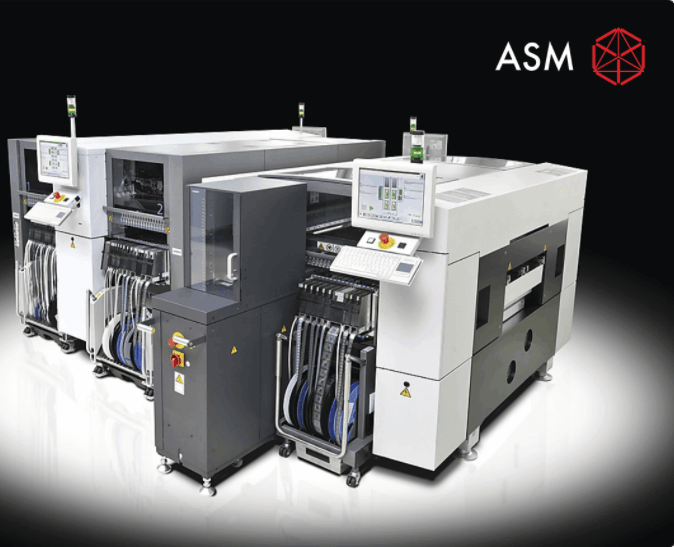What is the difference between imported placement machines and domestic placement machines? A lot of people don’t know about placement machines. They just make a phone call and ask why some are so cheap, and why are you so expensive? Don’t worry, the current domestic mounter is very complicated, and there are many brands. Now many people buy domestic mounter to stick lights, because the precision requirements for pasting LED lights are not so high, domestic mounter is more suitable for small enterprises production. Next, the editor of Xinling Industry will share with you the difference between imported placement machines and domestic placement machines?
What is the difference between imported placement machines? The current brands of imported placement machines are: Samsung placement machines, Panasonic placement machines, Fuji placement machines, Universal placement machines, Siemens placement machines, Philips placement machines, etc. Why are these brands good? Because these brands are currently the most used placement machines for OEM in the world, according to the service life test, they have a life span of 25 to 30 years. Moreover, the placement machines of these brands can meet the placement of any product above the world.
First of all, where is the most important thing for the placement machine? That is the guide rail and the screw rod. These two are directly related to whether the placement machine can achieve the accuracy. At present, there are only two countries that can make the hardness of the guide rail and the screw rod, that is, Germany and Japan. At present, the Samsung placement machine The guide rails and screw rods are all imported from Japan to assemble them. The domestic mounter uses domestic or Taiwanese screw rods and guide rails. The general life span begins to deform in about two years.

The commonly used functions of imported placement machines are not available in ordinary domestic single-function placement machines, as follows:
1. The MARK camera for PCB positioning and identification This camera is very important. Only by automatically scanning the MARK points can we know the specific position of the PCB, and the mounting coordinates are interesting. Without this function, it can be said that the placement machine is a blind
2. Identify the camera before the device is mounted, and the position and seating of the PCB board are standard. Without this set of cameras, whether your placement head has caught the device or not, whether it has caught the device or not, these require visual calibration before it can be pasted. , Without this function, it can be said that myopia is 500 degrees without glasses.
3. Z-axis height calibration. Precise placement is inseparable from the recognition of the size and thickness of the device. If a placement machine does not know how high the device is, how can it place the height when it is placed? There is no such function It is equivalent to forcing a high device to be pressed on the board as a small device, and the damage to the device can be imagined
4. R-axis angle calibration. When SMD devices are designed on the PCB, different positions and functional connections require a certain angle. When mounting, it needs to be turned to the angle corresponding to the pad to be placed. Mounters without this function, You can only put the patch components there, and the positive and negative polarities are completely ignored. Do you think this kind of mounting is effective?
5. IC placement function, usually a placement machine can meet the placement of ICs of different sizes, high-speed machines can only paste small ICs, and multi-functional placement machines can paste ICs of different sizes, which requires a placement machine. Set of IC identification system separate from device identification camera
6. Automatic transmission function. Of course, the fully automatic placement machine PCB is automatically transferred by the machine. The imported machine generally has three transfer area designs. For example, the board area, the mounting area, and the board output area, such products can be connected to other equipment to achieve their own needs. For the purpose of transmission, this system requires a splint mechanism in the mounting area, and the mounting accuracy and positioning of the PCB are also key.
7. Automatic width adjustment system: PCB boards have different sizes. It takes a lot of time to adjust manually. The gap in details will affect the overall placement accuracy and efficiency. Automatic narrowing is to record the excellent width you adjusted on the computer. Here, when you only need to call the program for the next job, the machine can automatically find the original good width setting, which is what we want to save trouble.
The above is the difference between imported and domestic placement machines analyzed by Xlin Industry. If you have different suggestions, please leave a message for consultation! Xlin Industrial is a company that focuses on providing one-stop service for Siemens placement machines. It is equipped with an international business department and a domestic business department (equipment department, parts department, maintenance department, training department), and integrates global resources.
Post time: Jan-07-2023












